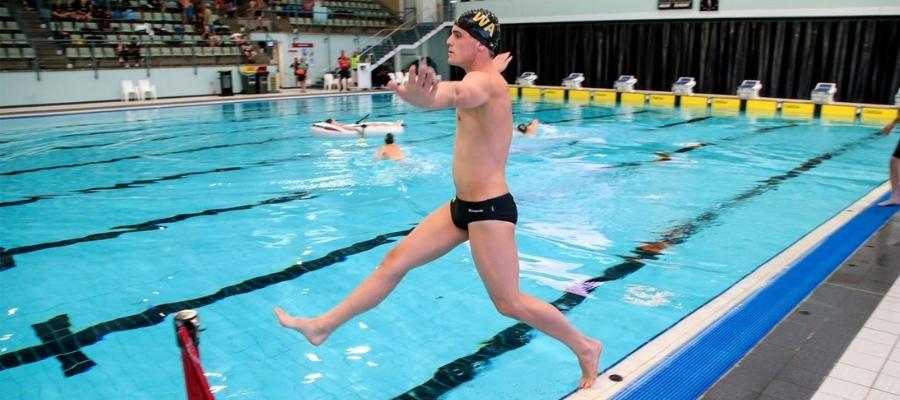
When entering and exiting the water, it’s important to determine the correct type of method to safely do so. To determine the appropriate method, you need to carefully assess the area, choose an entry that offers complete safety and always consider the depth of the water when entering. Listed below are seven entry methods and when to use to them.
Entry Methods
- Slide In
In scenarios where the depth of water and state of the bottom are unknown, a slide in entry is the most appropriate option. This entry is controlled and safe, allowing the feet and an aid to feel for unseen obstacles below the surface.
- Wade In
If the water is shallow and conditions are unknown, a wade in entry is the best choice. This option also allows for a controlled and safe entry, again allowing for the feet and an aid to feel for unseen obstacles below the surface.
- Step In
If the water is clear and you can determine the depth and see that the bottom is free from obstacles, you can perform a step in entry. This entry is most appropriate for areas where the entry point is not much higher than the water level.
- Compact Jump
When the water can be determined as deep, you may complete a compact jump entry from a height of more than one metre. This entry is completed feet-first as opposed to head-first, allowing for a safer entry into deep water especially when there is debris floating on it. This entry is primarily used in emergencies.
- Standing and Shallow Dive
If the water is known to be deep and free of obstacles, it can be suggested that the swimmer complete standing and shallow dive entry into the water.
- Stride
A stride entry is typically used during a rescue when the rescuer needs to watch the person in difficulty and entry is made from a low height into water known to be free from obstacles.
- Accidental Fall In
The final entry method is accidental fall in which typically occurs when a person unexpectedly falls into the water and is required to protect their head from injury.
It is important that you assess the conditions before completing an entry.